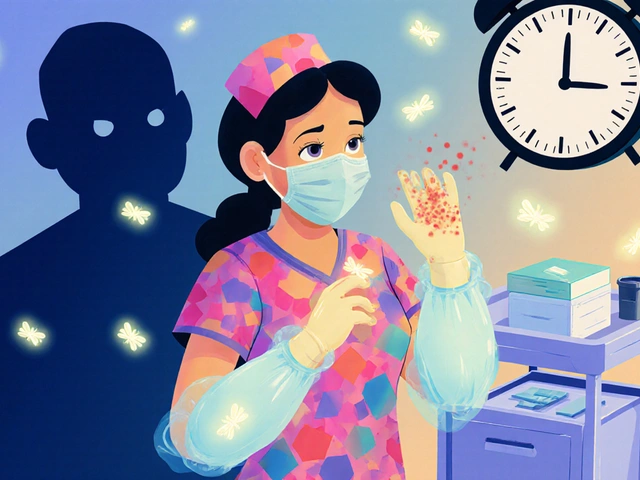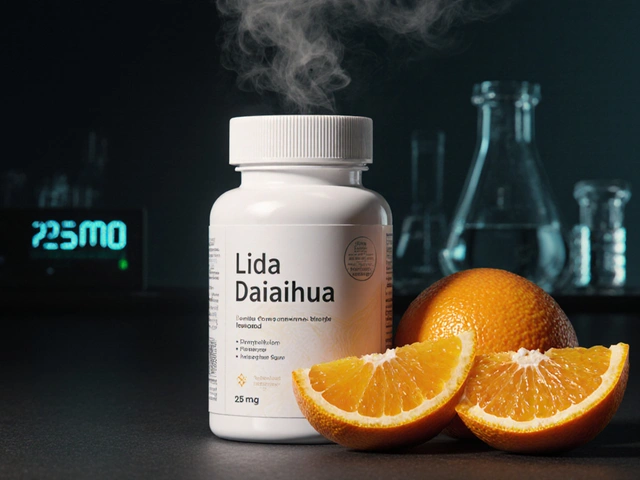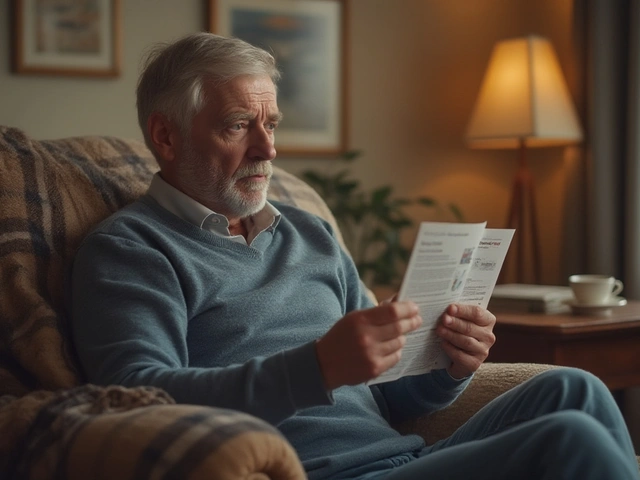Antidepressants: What They Do and How to Pick One
Feeling low, anxious, or stuck? Antidepressants can help, but they’re not one-size-fits-all. This guide explains the main types, what to expect, common side effects, and simple safety tips so you can talk to your doctor or pharmacist with confidence.
How antidepressants work and the main types
Most modern antidepressants change brain chemicals that affect mood and stress response. The main groups are:
- SSRIs (selective serotonin reuptake inhibitors): fluoxetine, sertraline, citalopram, escitalopram. Good first choice for depression and anxiety.
- SNRIs (serotonin-norepinephrine reuptake inhibitors): venlafaxine, duloxetine. Often used when SSRIs aren’t enough or when pain is involved.
- Atypical antidepressants: bupropion (helps with energy and smoking cessation), mirtazapine (can help with sleep and appetite).
- Older options: TCAs and MAOIs work but need more monitoring and have diet or interaction rules.
What to expect, side effects, and safety tips
Start low, go slow. Many doctors begin at a low dose and adjust. You usually need 2–6 weeks to notice clear benefits; mood and energy may improve at different times. If nothing changes after several weeks, your clinician may tweak the dose or try another drug.
Common early side effects include nausea, mild headaches, sleep changes, and stomach upset. Sexual side effects and weight changes can appear later. Most side effects ease after a few weeks, but tell your provider if they’re severe or don’t improve.
Don’t stop suddenly. Abruptly stopping some antidepressants can cause withdrawal-like symptoms. Always follow a taper plan from your prescriber.
Watch for interactions. Antidepressants can interact with other meds, supplements, and alcohol. For example, combining certain drugs can raise serotonin too high (serotonin syndrome). Always list all medicines and supplements you use.
If you have bipolar disorder, some antidepressants can trigger mania. People with heart issues, glaucoma, or pregnancy should discuss risks carefully with a clinician.
Buying online? Use a licensed pharmacy that requires a prescription, offers pharmacist contact, and shows clear contact and shipping info. Avoid sites that sell without prescriptions or have questionable reviews. If a price looks too good to be true, it might be counterfeit.
Keep notes. Track dose, side effects, sleep, appetite, and mood each week. That record helps your doctor decide what to change. If suicidal thoughts start or get worse, contact emergency services or your clinician right away.
Final practical tip: treat medication as one tool. Therapy, routine, sleep, movement, and social support often make antidepressants work better. Ask your clinician for a simple plan that combines medication with at least one non-drug strategy you can stick with.

Exploring Alternatives to Trazodone: Top Picks for Better Mental Health
Finding the right medication for mental health can be tricky, especially when Trazodone might not suit everyone's needs. This guide breaks down six potential alternatives to Trazodone, offering diverse options for those seeking help with depression, anxiety, or insomnia. Each alternative's unique qualities, benefits, and drawbacks are explored, helping readers make informed decisions alongside their healthcare providers.
Categories
- Medications (50)
- Health and Medicine (46)
- Health and Wellness (34)
- Online Pharmacy Guides (15)
- Nutrition and Supplements (7)
- Parenting and Family (3)
- Environment and Conservation (2)
- healthcare (2)
- prescription savings (1)
Popular Articles



